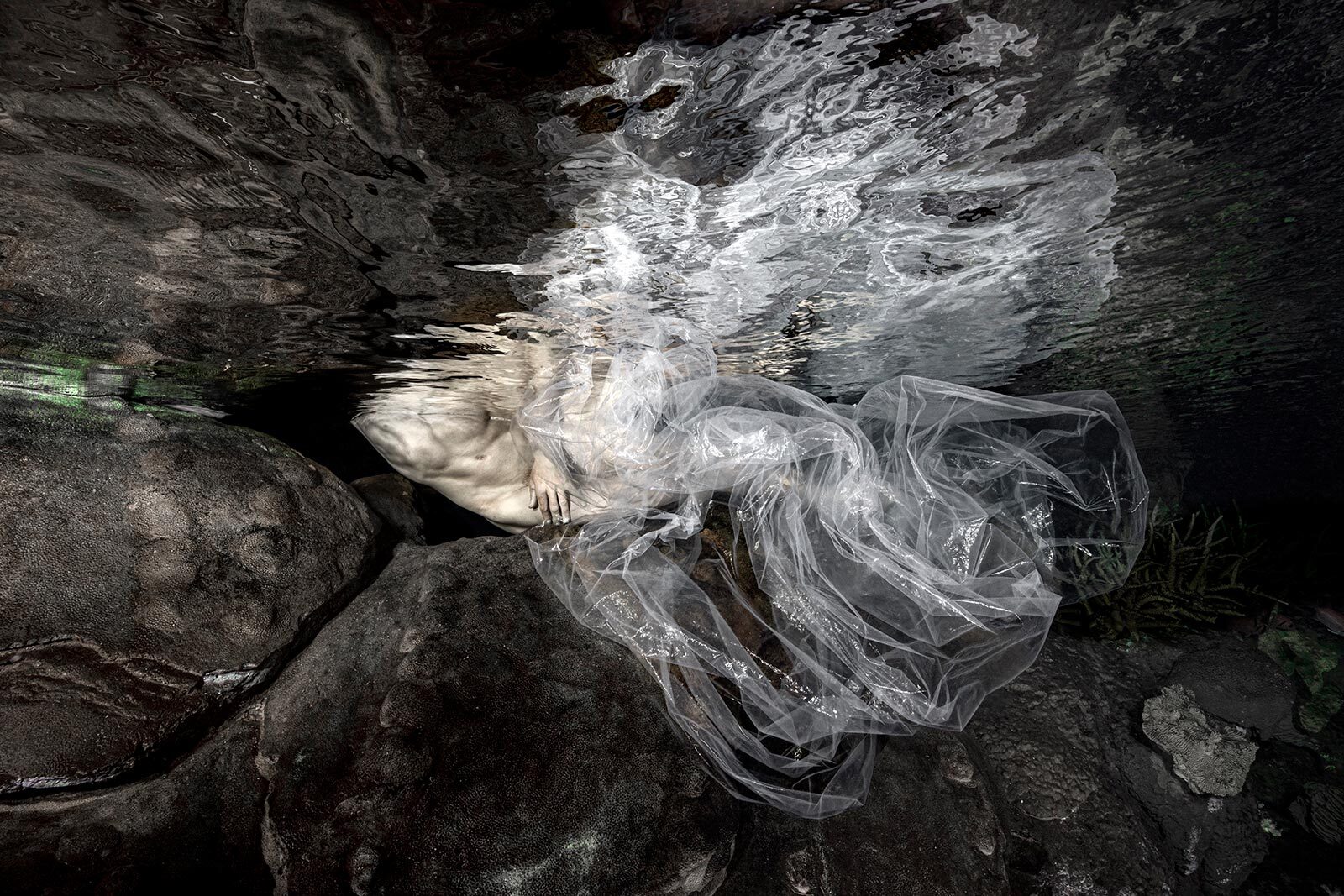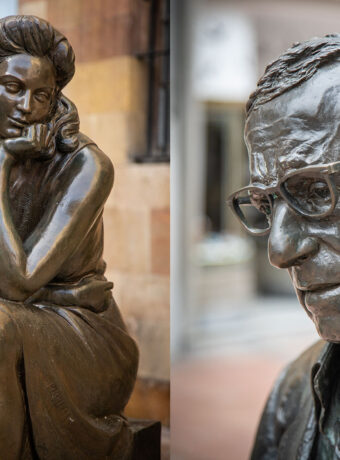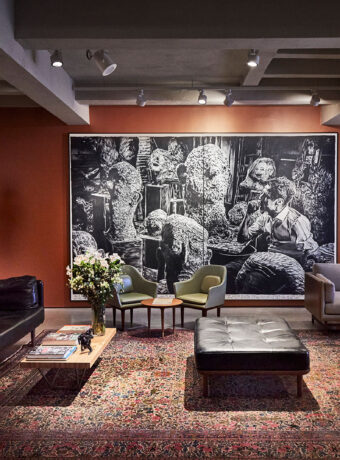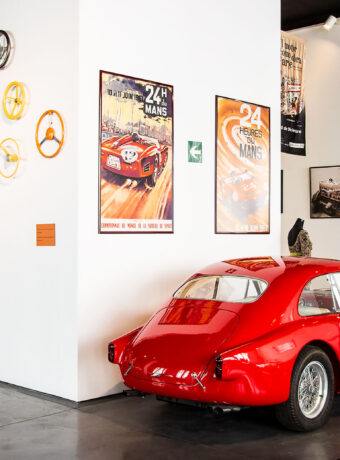Madrid’s annual international photography festival is in no way flagging, despite a tough year of coronary restrictions. Also in 2021, PHotoESPAÑA offers a huge programme of local and international photographers and visual artists. And here is everything from classical to contemporary and futuristic photography and audiovisual art.
After a year of both shutdown and coronary restrictions in Spain that marked the 2020 edition of PHotoESPAÑA, the 2021 edition once again has a global focus. In 2021, the Madrid International Photography Festival will focus on current social issues, including the impact of the corona on our daily lives and culture around the world.
The giant photography festival, which is spreading across Madrid’s museums, cultural centres and galleries, aims this year to raise awareness of women photographers, pan-African photography, the environment and sustainability, among other things. But as always, PHotoESPAÑA photography embraces a wide range of themes, genres and histories.
The festival represents both national and international artists, and this year there are 86 exhibitions featuring the work of 376 photographers and visual artists. Admission to all exhibitions is free.
I’ve browsed a large portion of this year’s exhibitions at PHotoESPAÑA, and if you don’t have time to visit them all, here are my picks for this year’s must-sees.
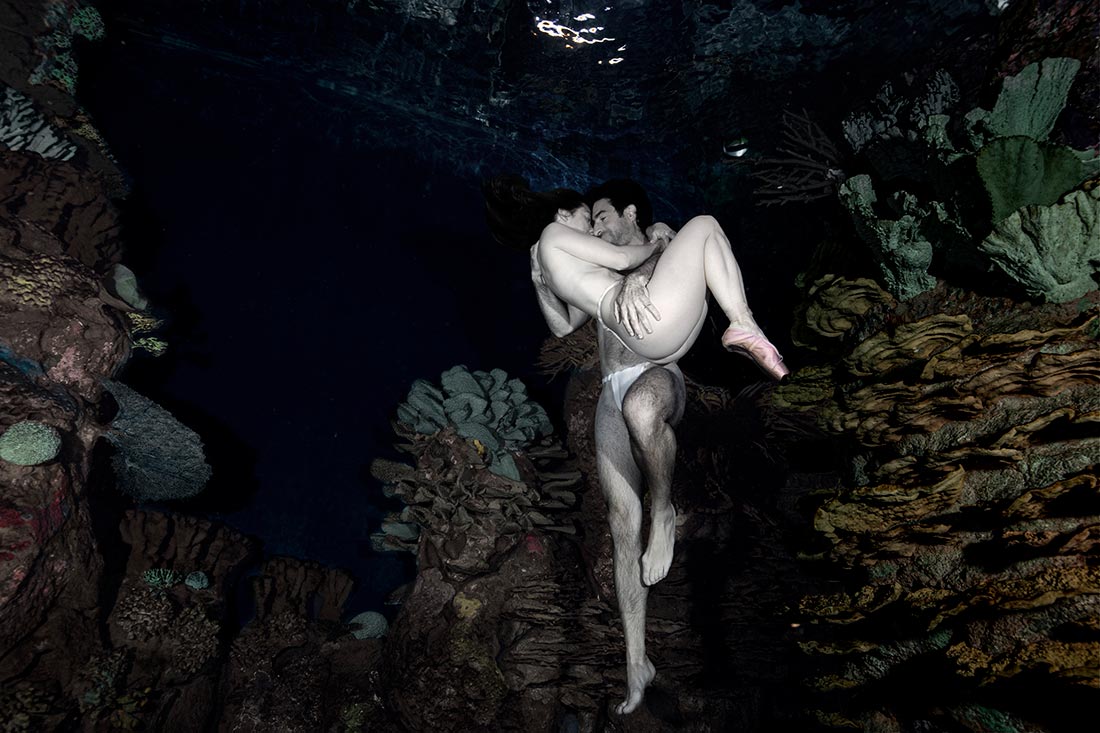
1: We are water
The renowned Spanish photographer Isabel Muñoz (b. 1951) has created the audiovisual installation Somos Agua (We are Water) especially for PHotoESPAÑA. This is Muñoz’s first audiovisual project and it can be seen at the Lázaro Galdiano Museum.
The installation consists of three screens, together five metres wide, and in collaboration with Japanese freediver Ai Futaki, Muñoz focuses on the essence of water. At the same time, she takes a critical look at how we are slowly but surely destroying our gardens with plastic.
Muñoz has filmed Futaki, along with a male artist, underwater in Válencia’s L’Oceanogràfic, interacting with jellyfish, algae, seahorses and anemones, among others. Futaki’s movements underwater symbolise the symbiosis with the marine environment, and the man symbolises how humans disrupt the biosphere.
In addition to making us reflect on our responsibility for global warming and pollution of the ecosystem, the installation is also a very beautiful and poetic experience.
The installation can be seen until 31 August.
Somos agua
Museo Lảzaro Galdiano, Serrano 122
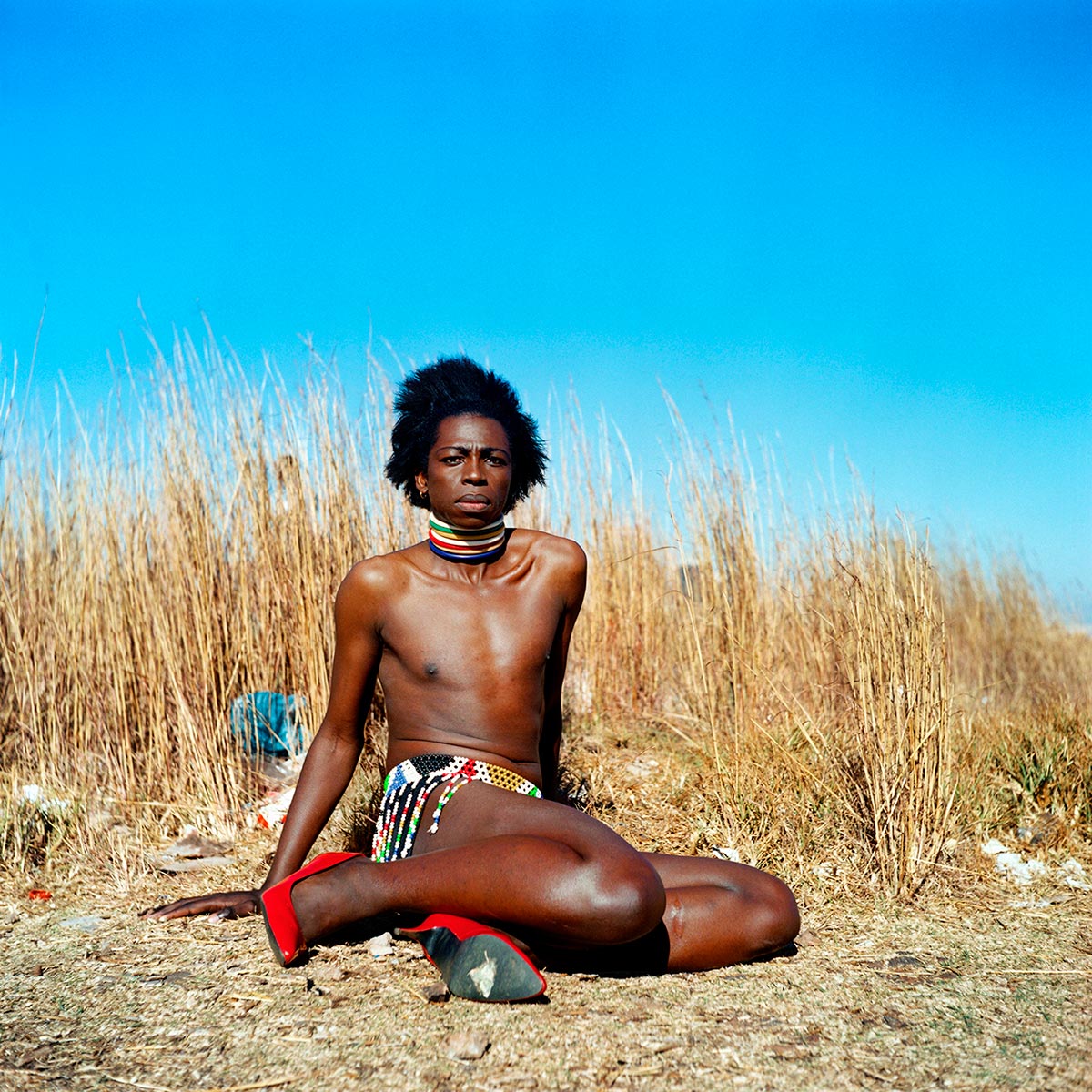
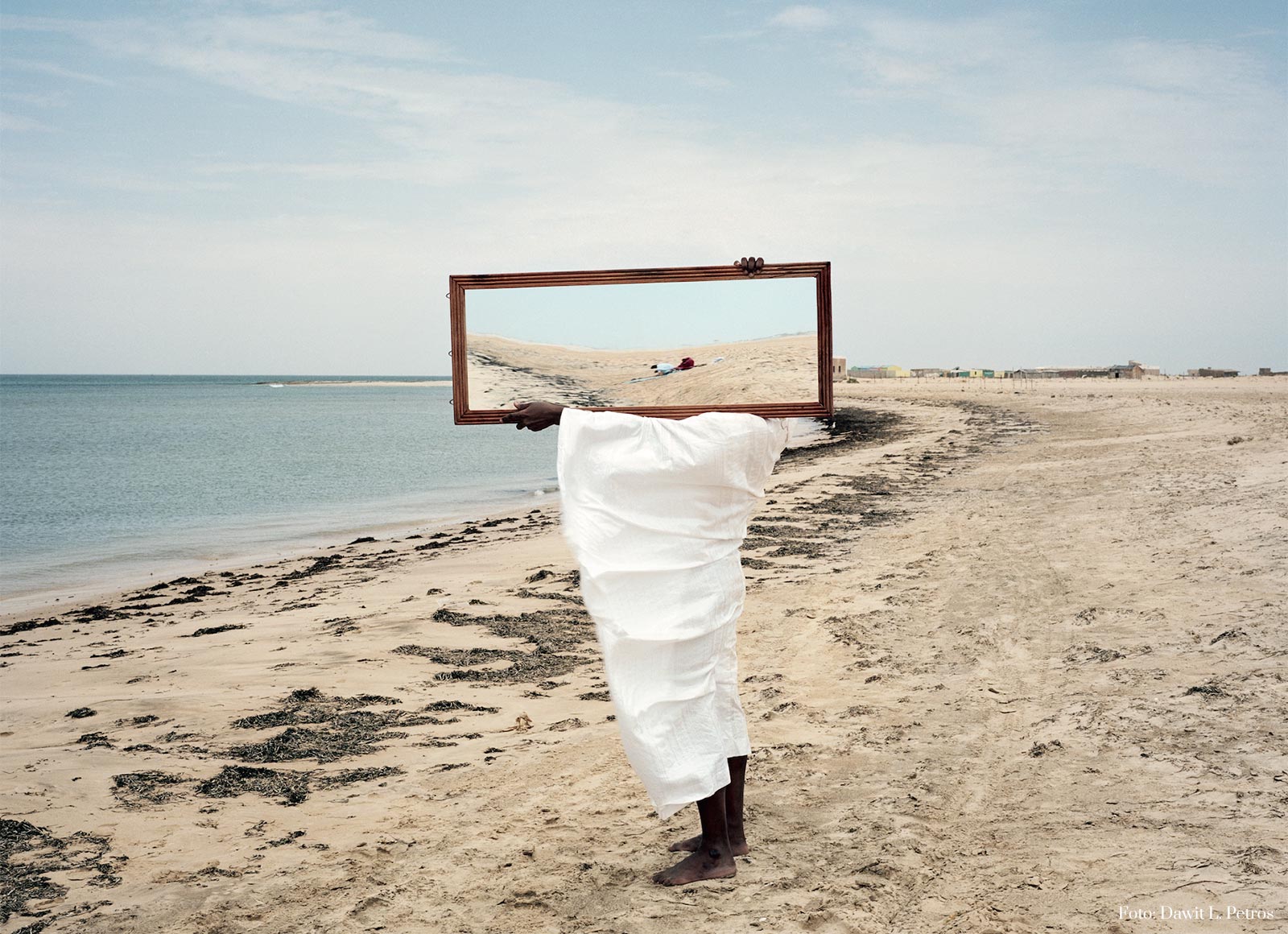
2. African identities
The huge Sala Picasso exhibition space on the first floor of the Circulo de Bellas Artes, also known for its impressive rooftop terrace with the best views in town, is dedicated to African photographers. It is one of two exhibitions curated by this year’s guest curator, Elvira Dyangani Ose. Ose is director of the Museum of Contemporary Art, MACBA, in Barcelona and former director of The Showroom in London.
Eventos de lo social: Retrato i imaginario colectivo. Fotografia africana en The Walter Collection (Social Events: Portraits and Collective Imagination in the Walther Collection) is one of the most important collections of modern photographs and visual art from 19th-century Europe and Africa belonging to African or Afro-descendant artists.
The works, from the renowned Walter Collection, explore African identities and, most importantly, attempt to reshape the cultural identity assigned to them by the West, to create their own in which they are the protagonists.
The exhibition can be seen until 22 August.
Eventos de lo social: Retrato i imaginario colectivo. Fotografia africana en The Walter Collection
Círculo de Bellas Artes, Sala Picasso, Alcalá 42
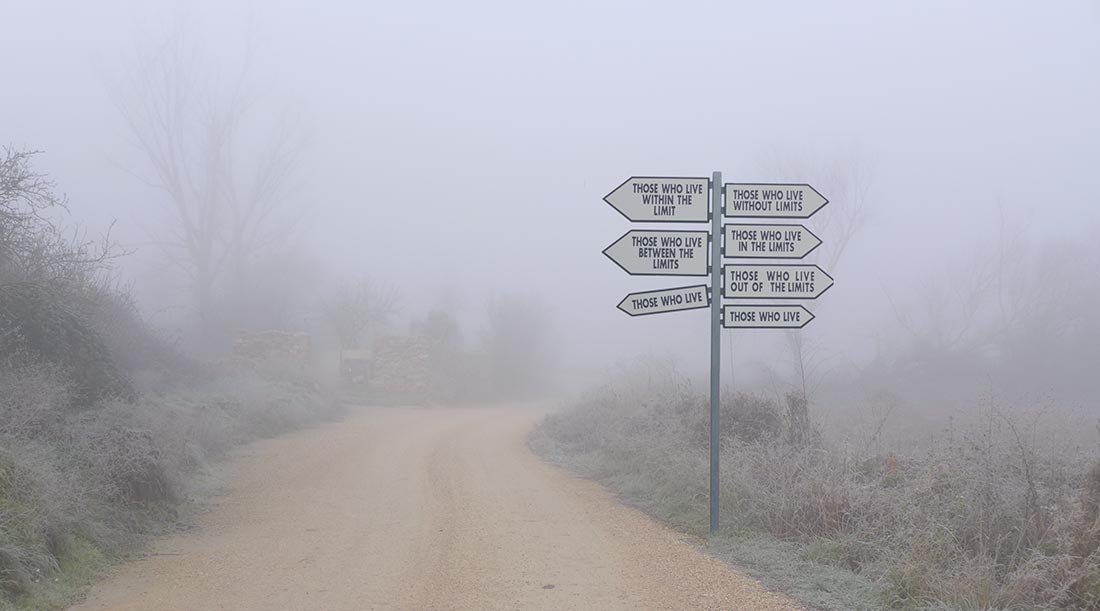
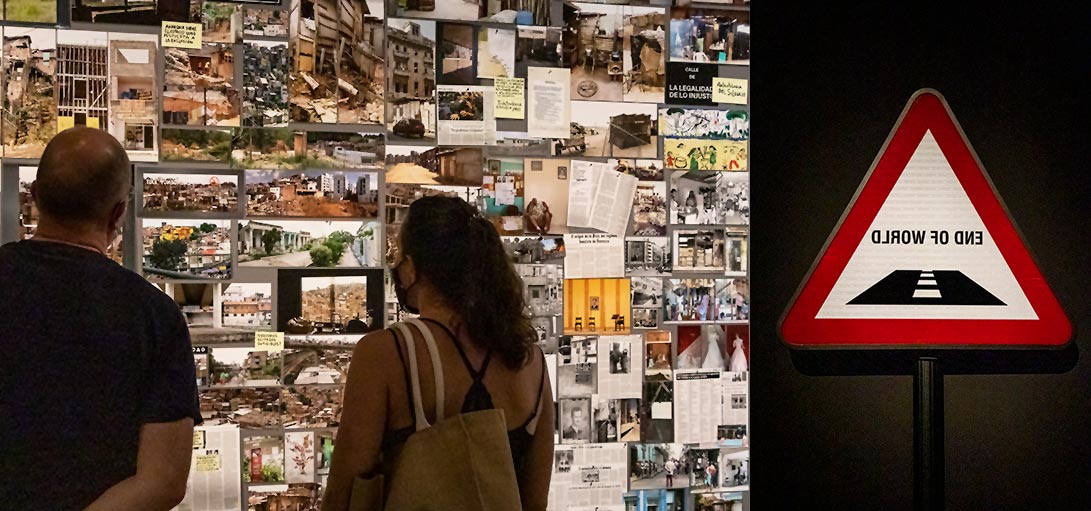 3: Changing society
3: Changing society
The Botanical Gardens of Madrid also hosted this year’s opening of PHotoESPAÑA, and the opening exhibition Doom City. Del ser nómade al ser sin lugar (Doom City. From Nomad to Placeless) is the work of artist Montserrat Soto (b. 1961), who has been exploring nomadism and constant social change from 2004 to 2019.
The world has undergone great changes during this period, and through the project Soto tries to uncover the uniqueness of different societies and understand people through their individual and collective problem solving. He has travelled the world and visited, among others. Cuba, Brazil, USA, France, Spain, Tunisia and Namibia.
In the exhibition, Soto has assembled a personal visual atlas, including photographs, videos, sculptures, flags, signs and notebooks, which are in turn divided into a six-stage journey. Through them, he explores the uniqueness and change of each society and its way of expressing itself with tolerance, ingenuity, cunning, rejection or inclusion.
The exhibition is open until 29 August
Doom City. Del ser nómade al ser sin lugar
Real Jardín Botánico, Plaza de Murillo 2
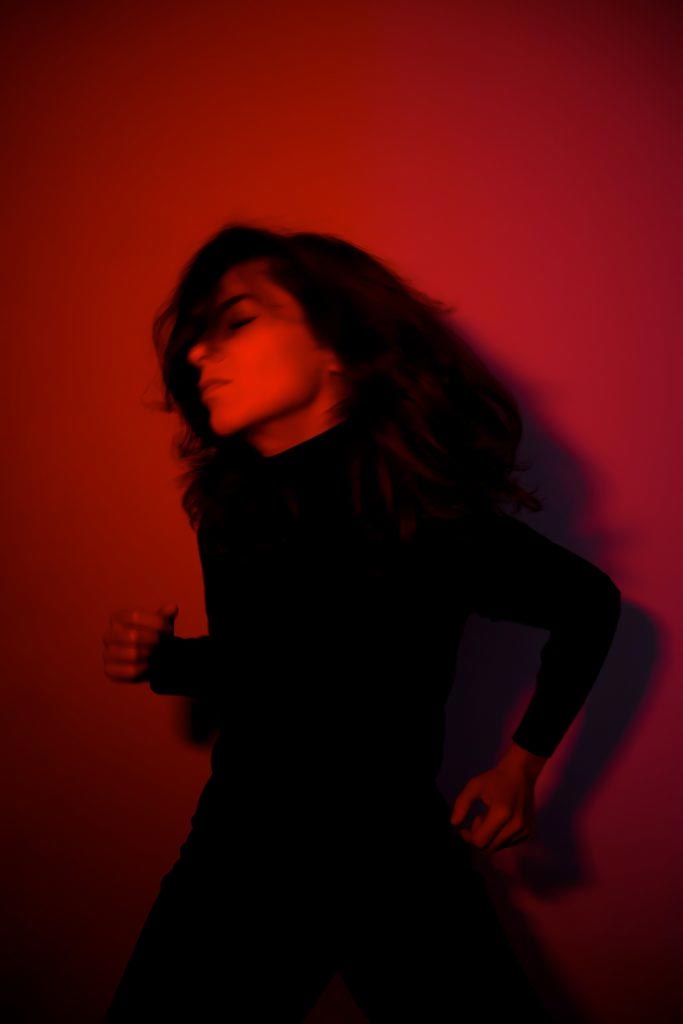
4: Arab youth between two worlds
Group exhibitionBarzakh. Entre mundos (Barzakh. Between Worlds) is a deeply fascinating journey into young people’s experience of living in an Arab world today, which can be seen at Casa Àrabe, next to Retiro Park.
Eight artists from among others. Morocco, Tunisia, Algeria and Spain explore the question of how two realities, based on the idea of Barzakh (in the Qur’an, that which exists between the sweet and the salty sea) work together in the Arab world of youth.

In photographs on prints and slides as well as moving images, we are led into the contrasts between being young, alive and rebellious in the outer world with an inner, immaterial contrasting world full of stories, memories and movements that define the Arab world. A world that is emotional and full of confusion and frustration about how to reconcile it all.
The exhibition is emotional, thought-provoking and very fascinating, and if you only have time to see a few exhibitions, this is a must-see.
The exhibition is open until 17 October.
Barzakh. Entre mundos
Casa Árabe, Alcalá 62
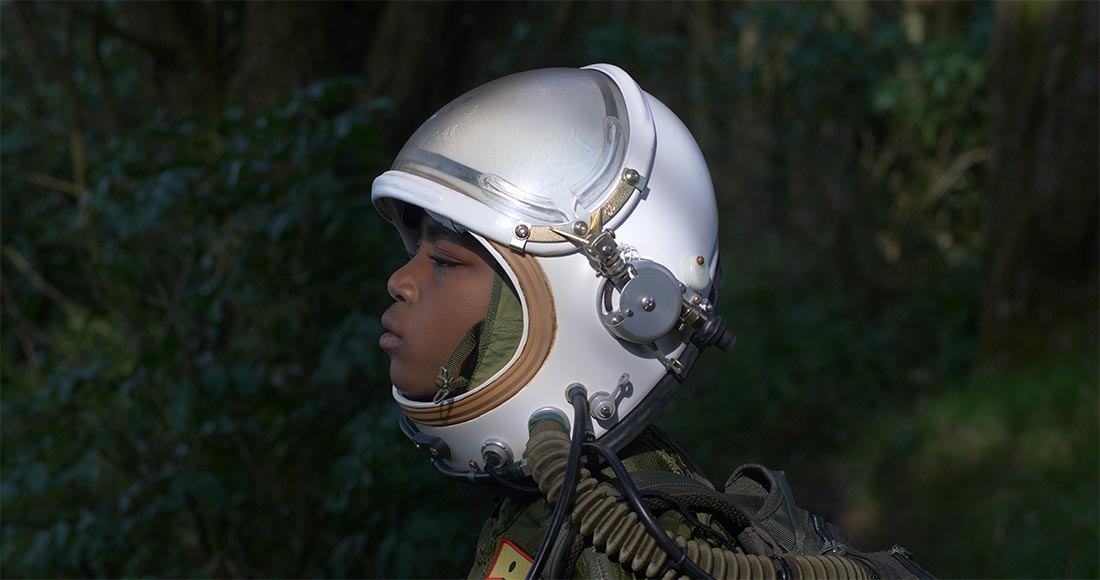
5: Exploring race
Madrid’s old meat town, on the river in the Arganzuela area, is today a hip cultural centre with plenty of modern art in the beautiful buildings from the early 1900s. Here you can see the exhibition Contra la raza (Against Race), which is guest curator Elvira Dyangani Ose’s second exhibition.
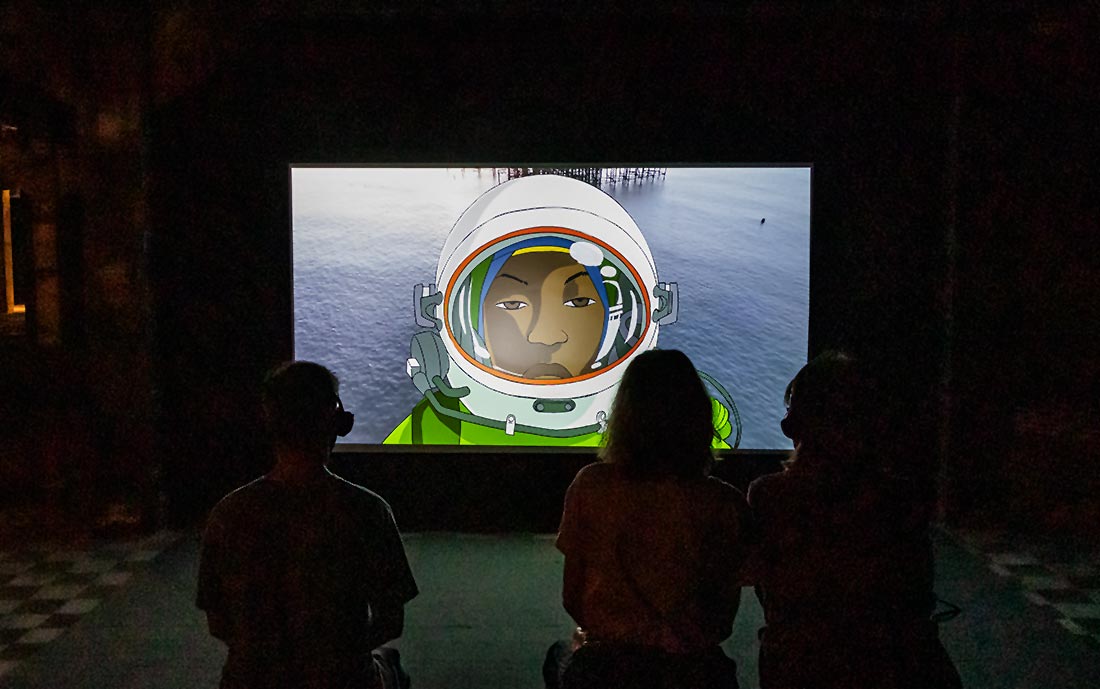
The exhibition is really recommendable. It can be seen until 28 November
Contra la raza
Matadero, Paseo de la Chopera 14
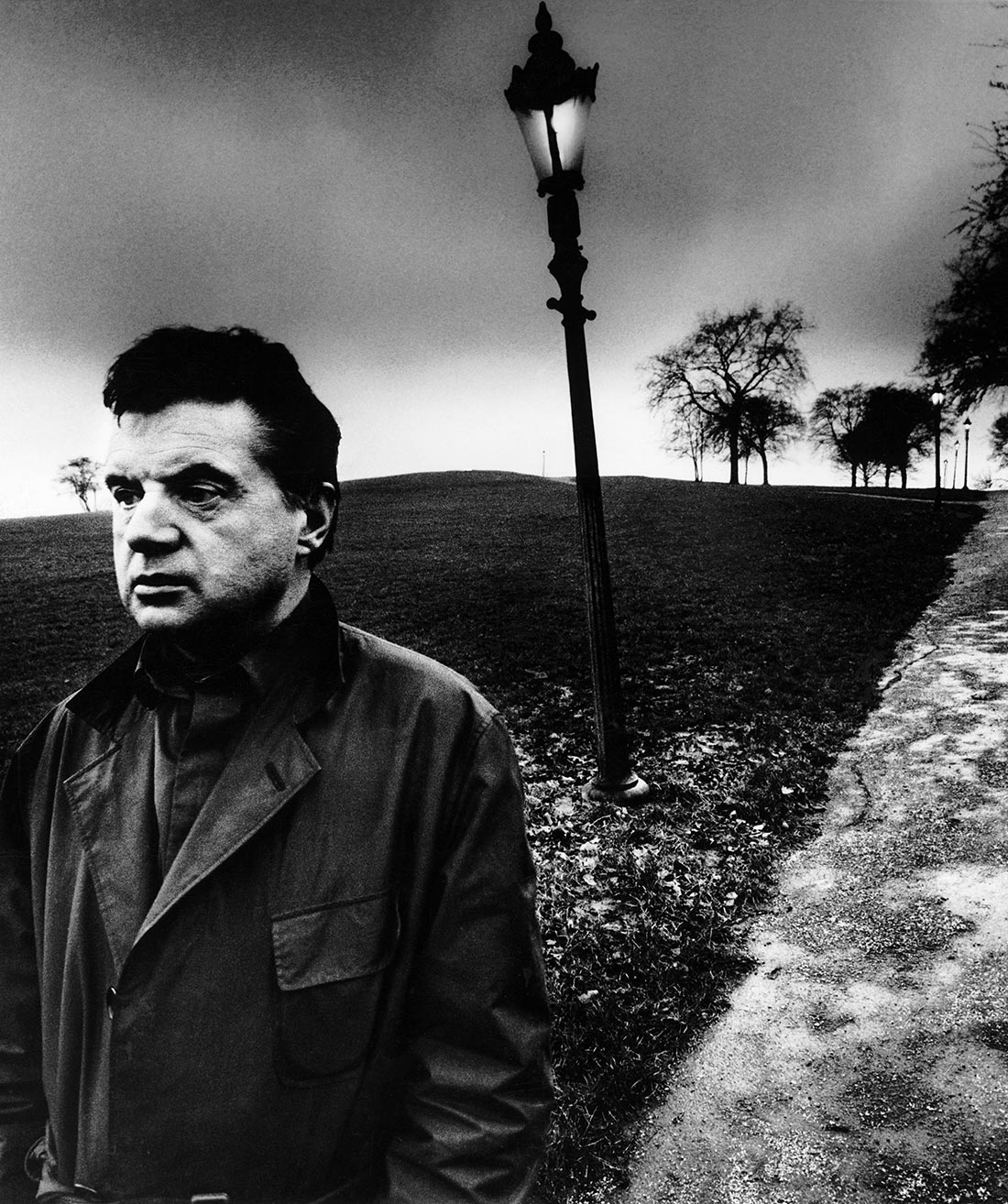
6: Bill Brandt retrospective
The highlight of the year in classical photography is the exhibition of the German photographer Bil Brandt (1904-1983), which is on show at the Fundación MAPFRE.
Bill Brandt was born in Germany and began photographing as an assistant to Man Ray, where he also became part of the Surrealist movement. Later, Brandt moved to London and became known as one of the greatest surrealist portrait photographers in England.
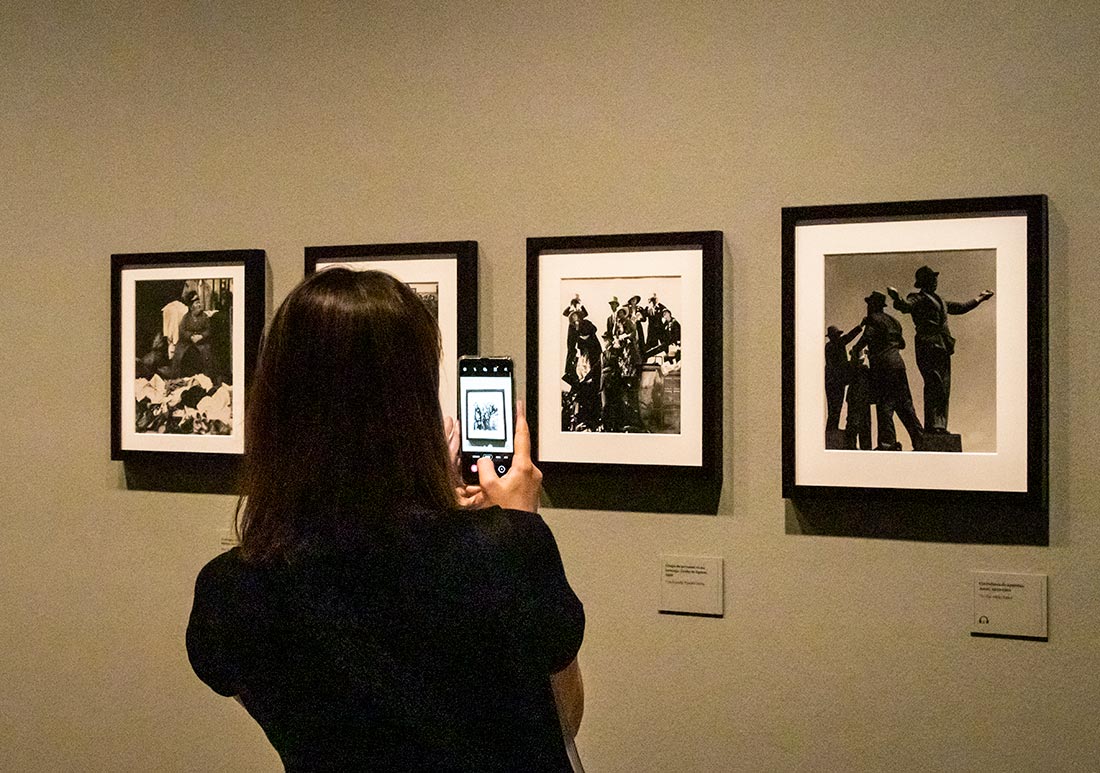
The exhibition is divided into themes and a beautiful and comprehensive journey through Brandt’s works, and includes 200 vintage prints created by the artist himself, as well as documentary material from the Bill Brandt Archive and Edward Houk Gallery in New York.
The Bill Brandt exhibition is on display until 29 August.
Bill Brandt
Fundacíon MAPFRE, Sala Recoletos, Paseo de Recoletos 23
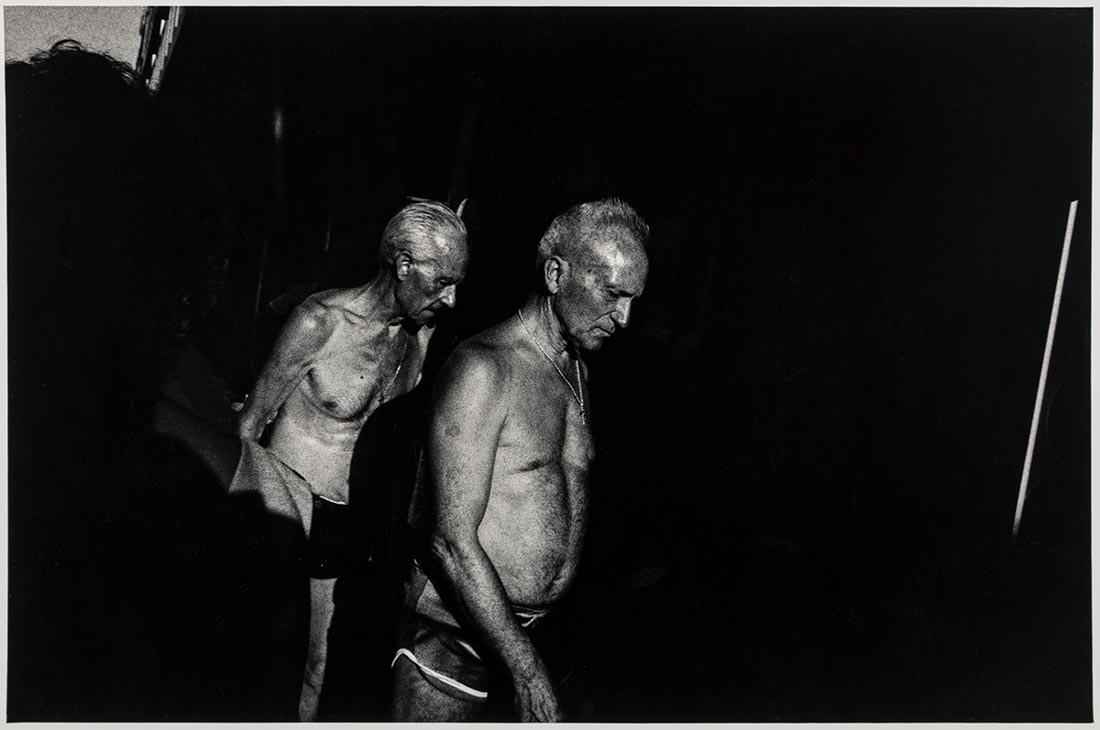
7: Spanish cities in transformation
Just behind the Spanish Congress, in the centre, the Museo ICO is always worth a visit during the photo festivals, and this year is no exception.
En España. Fotografía, encargos, territories 1983-2009 (In Spain: Photography, Municipalities, Territories 1983-2009) consists of several projects on cities, territories and their transformation processes, mediated by around 70 photographers. It is a natural extension of the exhibition Framed landscapes, which focused on European missions and was part of PHotoESPAÑA 2019.
The exhibition consists of 11 photographic studies and the accompanying extended catalogue, covering 29 studies, brings together for the first time the most important photographic documentation of the development of – mainly urban – areas in Spain.
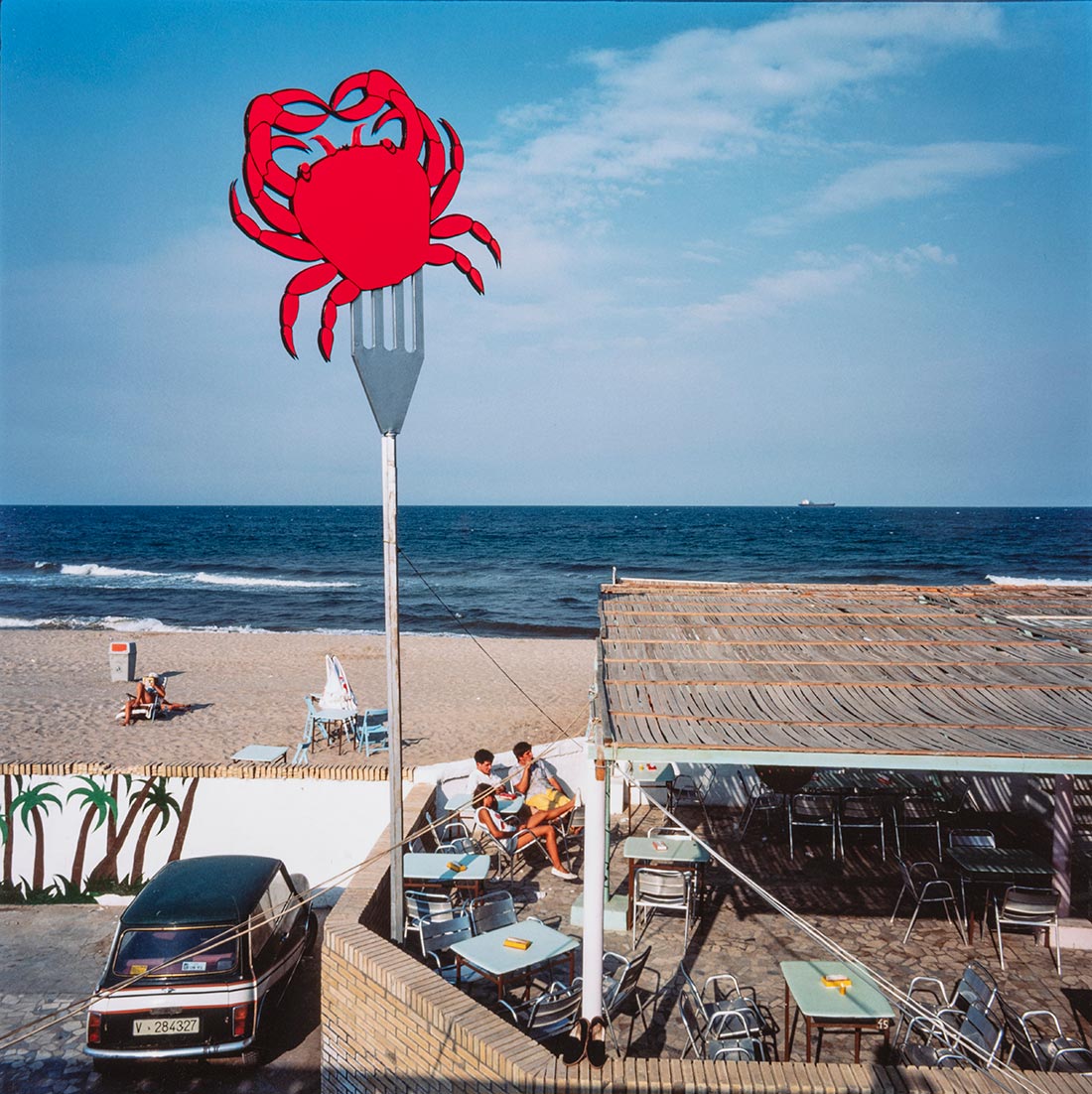
The exhibition is organised into three time periods, the 1980s, 1992 (which is the largest) and the first decade of the 21st century, and takes us on a journey to Seville, Barcelona, L’Albufera and Salamanca, among other places. Participating photographers include internationally renowned Sebastião Salgado, Cristina García Rodero, Allan Sekula, David Goldblatt and Paul Graham.
The exhibition can be seen until 12 September.
En España. Fotografía, encargos, territories 1983-2009
Museo ICO, Zorrilla 3
Check out PHotoESPAÑA’s full programme here. If you don’t have time to see many exhibitions, you can still get a good idea of them by checking the website. The official guide is available here and at the exhibition venues.
More travel tips for Madrid
Find more inspiration for things to do in Madrid in the beginners’ guide and the guide to different things to do in the Spanish capital. Also read the guide to good hotels in Madrid city centre.
